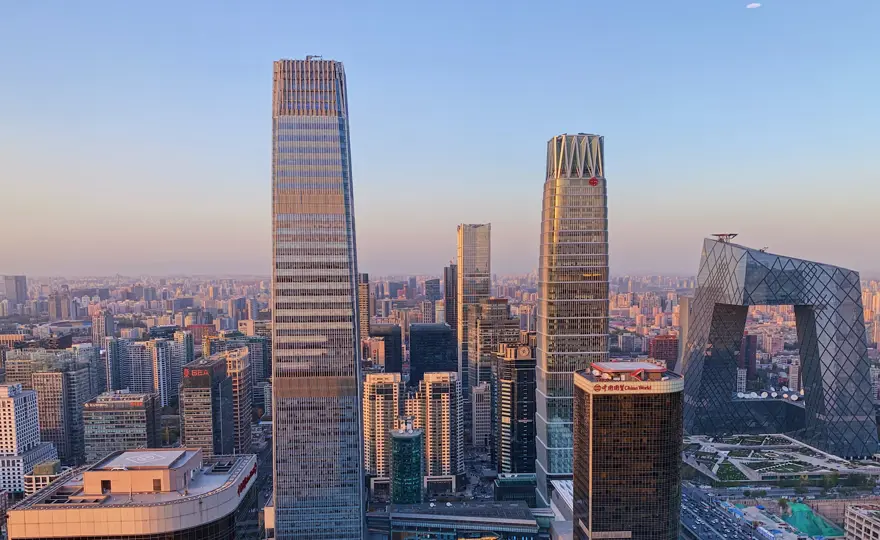ClientEarth Communications
8th December 2020


A report ClientEarth coauthored proposing strict environmental standards for investments in China’s “Belt and Road Initiative” (BRI) was officially launched in Beijing last week.
The BRI is a global infrastructure development strategy adopted by the Chinese Government in 2013. It is massive in scale, covering over 60 countries and including projects worth an estimated 448 billion USD between 2014 and 2018.
The World Bank estimates that BRI transport projects alone could boost global real income by 0.7 to 2.9%. However, there are many concerns about its potential environmental impacts. The construction of coal-fired power plants and hydroelectric dams are points of particular concern.
“The real world effects of this system would be significant."
This risk has been recognized by the Chinese authorities, and steps are now being taken to introduce safeguards. In order to aid these efforts, we worked with other international environmental groups and China’s Ministry of Ecology and Environment to produce the “Green Development Guidance for BRI Projects Baseline Report”.
The report proposes a “traffic light system” for BRI projects, ranking them as green, yellow, or red according to their environmental impact.
Solar and wind power, geothermal projects and the construction of green ports, among others, would be ranked as green, while coal and gas-fired project, hydroelectric projects and railways would be ranked as red.
The report also proposes drawing up an “exclusion list” of environmentally harmful types of investment.
Among those who worked with us on drafting the report were the BRI Green Development Coalition, an initiative under China’s Ministry of Ecology and Environment (MEE), the World Resources Institute, and several other organisations.
It benefits from the strong support of the MEE, a ministry created in 2018 with a strong mandate to implement environmental policies.
In a policy document on climate finance issued recently, the MEE emphasised the need to decarbonise overseas investments and encouraged research on how to mitigate environmental risks linked to the BRI, in what can be seen as a direct reference to this initiative.
The report was officially launched last Tuesday in Beijing, at an event marking the founding of the Green BRI Centre, a body promoting cooperation between international organisations and China to make the BRI more environmentally sustainable.
The event was addressed by senior Chinese government officials and by a series of foreign guests including our CEO James Thornton, who spoke via video.
This Thursday, we hosted a meeting of experts to discuss the report’s recommendations. Participants included, among others China’s leading green finance expert Ma Jun.
The meeting was also attended by representatives of the MEE and of the China Development Bank (CDB), an encouraging sign as the CDB is one of China’s three policy banks and the largest funder of BRI projects.
ClientEarth’s chief representative for China, Dimitri de Boer, said: “The real world effects of this system would be significant. The main question is around how much of this becomes official government policy, and how rigorously it is implemented. On both fronts, I have some confidence that we’ll see progress in the coming months and years.”